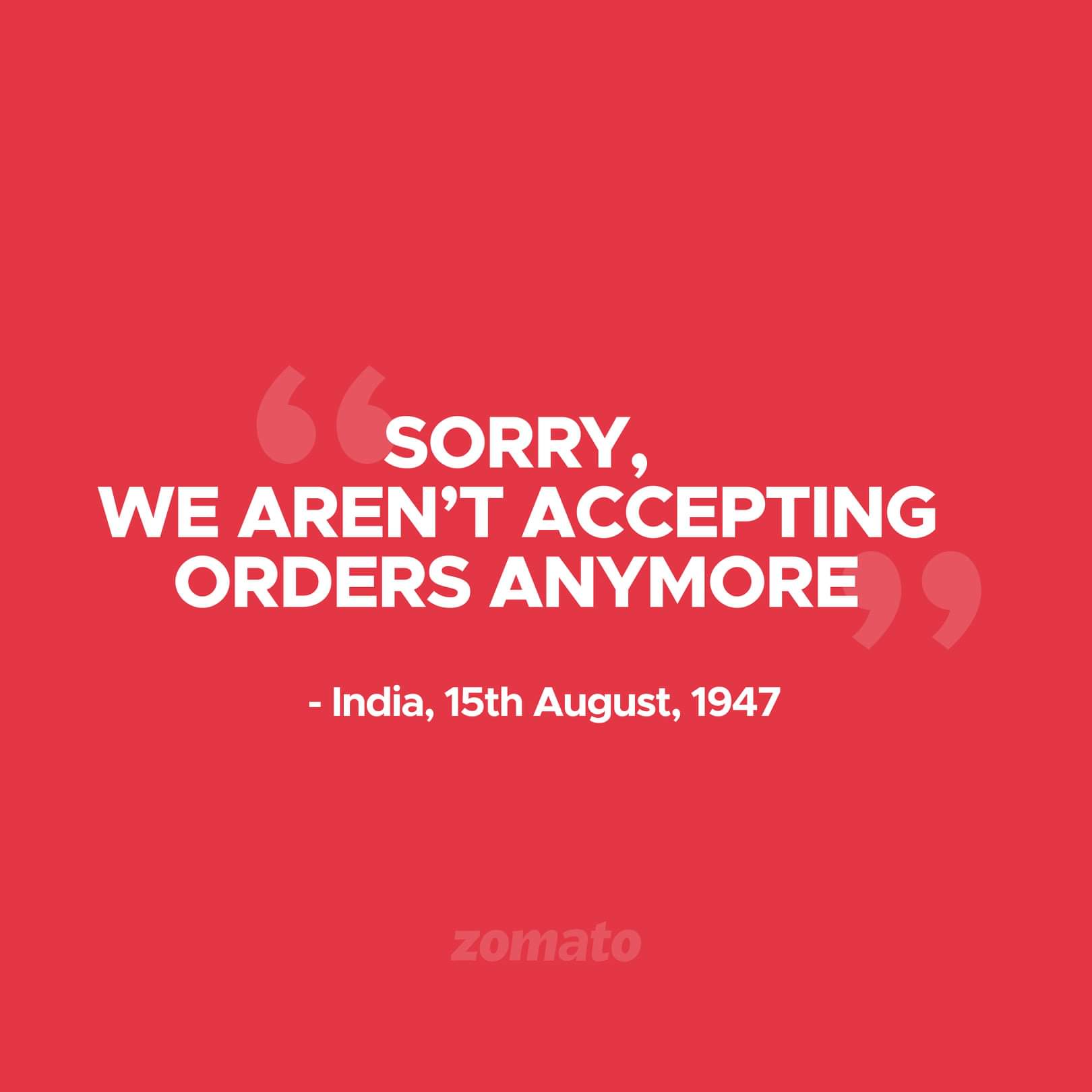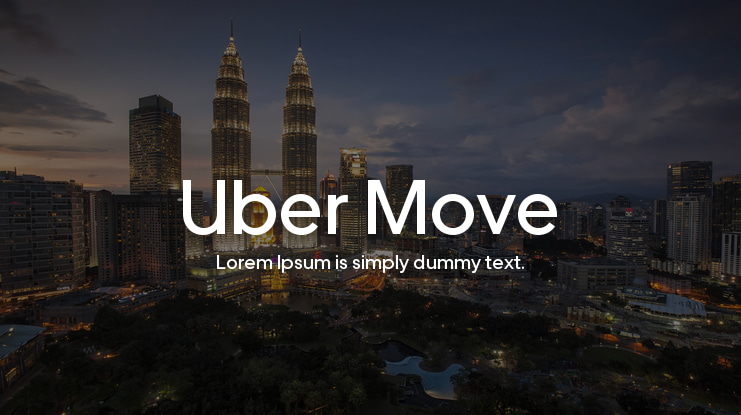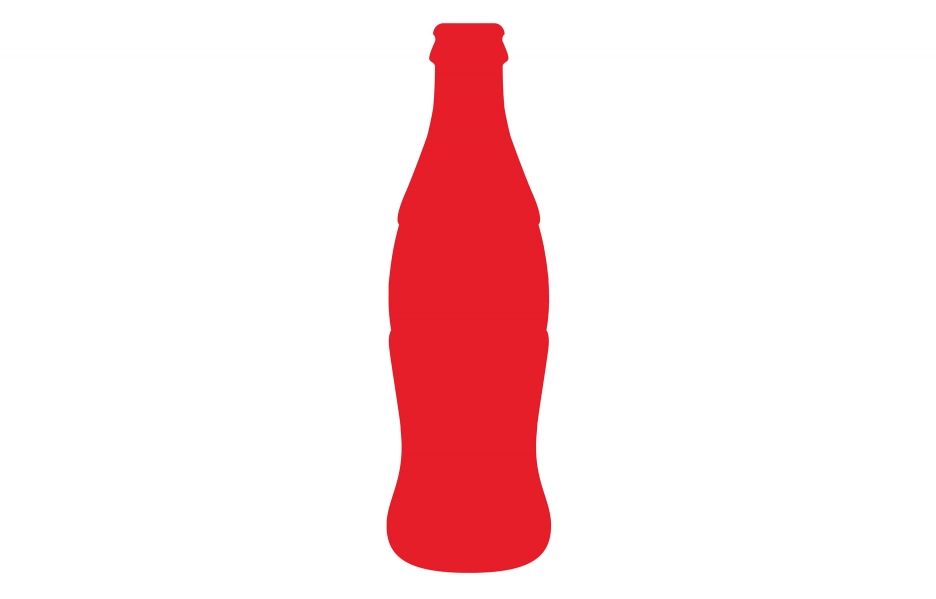If someone asked you about your favorite brands in the world, chances are you'd be able to define their logo, the look-and-feel of the packages, the colors they use on their website or social handles, and so much more.
As daily consumers, we capture the visual details of the products we use unknowingly and host them rent-free in our minds, so it's easier for us to identify a specific brand when we're out shopping.
A brand is the culmination of every experience the customers have with it, and brand assets play an integral part in that journey. It lies in the consistent design and messaging your customers remember you with. These elements qualify as brand assets only when customers begin to associate them with a brand.
So what are brand assets?
Brand assets are a comprehensive compilation of resources that contribute to how customers recognize and identify your brand.
These resources can range from something as simple as a logo, color pallets, and shades to advanced and more nuanced elements like packaging, mottos, and even smells (remember passing a Cinnabon?).
The key idea is for the customer to uniquely and distinctly recall a specific brand basis these assets, thereby driving awareness and winning mind share.
Ok. Let's simplify this.
What's the usage of brand assets, and why are they so crucial for business?
Companies spend millions of dollars on developing a solid set of brand assets. But why is it such an important area for marketers? What is the utility of having the customers associate a specific visual, audio, or design element back to a brand?
Brand assets are like constantly active marketing campaigns that keep adding value even when the consumers of your brand are not interacting consciously with your brand.
Uniquely increasing the recall of your specific brand, brand assets instill and consistently reinforce your brand's unique identity among the customers.
This further ensures the effectiveness of marketing campaigns. In addition, the audience can distinguish the brand messaging from numerous competitors based on unique elements like colors, fonts, messaging styles, etc.
Brand assets contribute heavily towards developing strong customer loyalty.
Signaling in the right tonality, brands can connect with consumers deeper by emphasizing the core values and mission statement, thus creating an extremely devoted fan base.
The competitive edge these factors provide is beyond any tangible measurement. It puts your brand as a front runner whenever a customer is at a deciding point in their product research journey.
Interesting right? This brings us to a key question
How to identify brand assets?
Companies often confuse any digital or intellectual asset with brand assets, and in most cases, it is due to the delicate nuances inherent in defining brand assets.
Creating a clear definition or metric to adjudge an asset as brand assets is crucial in the overall brand development effort.
So how does one draw a line on what calls for a brand asset?
A precise answer to this question requires an in-depth analysis of asset inventories and market research on customer perception. When it comes to building a brand identity, brand managers want their brand to stand out, especially in a market that is getting more and more competitive and saturated by the day.
In this battle of the brands, companies use various tactics and strategies as an identifier to stand out and capture the digital mind share. The events they sponsor, the agendas they donate to, the conversations they participate in, and even their social moment marketing campaigns extend their digital identity.
The most popular brands right now in the world are doing either one or a mix of the following things - harboring a bustling social media profile, digital assets, vesting heavily in differential elements like logo, tagline, fonts, or color. To an extent, even memes created by brands are distant from the brand identity they're creating for themselves.
While traditionally, companies have used targeted surveys and questionnaires to determine what accounts for maximum recall, today, it has become far more complicated than that.
Depending on the use case and branding intent, this process is elaborate and excessively time-consuming, but a quick acid test is to check if customers can directly link to your brand for a given branding element.
Understanding them deeply
Type of brand assets
Brand assets can be further broken down into different categories basis the relevant use cases across brands.
We discuss some of the critical types here :
- Social media brand assets
Social media brand assets cover every aspect of your brand's social media presence. This could be your images, reels, videos, or hashtags that you use to crave a segment of the social channel.
Brands create a niche by adopting a tone of delivery, color, and character that personifies the brand's identity and resonates with its target audience.

Indian hyperlocal restaurant aggregator platform, Zomato, would be the perfect example of creating social media brand assets that are hard to keep up with.
The choice of bold white text over a red background has become their style of digital expression. Add to this a Quirky tone of delivery that strikes the right chord with its audience.
Assets for websites
Assets like logos, typefaces/fonts, color schemes, etc., are what define your identity on the company website. This is a vital avenue since customers get an authentic feel of the brand's tonality and what it stands for.

American mobility app Uber came up with their font, Uber Move. Drawing inspiration from early twentieth century sans serifs like Futura and Neuzeit Grotesk, Uber Move was reimagined through the lens of offering transportation as a service and fonts in the same domain from around the world.
Assets for external use
An extension to the above but covering further aspects like packaging, sounds, and after-sale experiences; these form an extension to the defining touchpoints for your brand.
In his book, Adam Lashinsky, the author of Inside Apple, elucidated how Apple hired professionals in their user experience team only to unbox videos day in and day out.
Apple, known for its elegant brand identity, wanted to better the unboxing experience for a new buyers.

It's not just pure luck that unboxing an Apple product is almost like an ASMR feeling for most of its users.
Now let's go through some examples of a few extremely successful brand assets that have penetrated our minds and influenced our decisions as consumers
The Nike Swoosh
The Nike swoosh is easily one of the most recognized brand logos globally, but that didn't happen overnight.
For years, Nike instilled an athlete among us and motivated us to 'Just Do it, a slogan that goes perfectly well with its logo and brand perception.

The brand is the first thing that comes to your mind when you think of sports. What started as a shoe company is now an athletic and fitness lifestyle brand. That has been accomplished by years of partnership with top athletes, sponsoring athletic events, and innumerable subtle integrations across significant sporting events.
Coco-Cola bottle
Recognize the shape?

The coco-cola contour bottle is indubitably one of the world's most unique and recognized shapes. The brand uses just the bottle's silhouette in many marketing campaigns, and it works fine with all customers.
Industrial designer Raymond Loewy claims that the bottle is a "perfect liquid wrapper." Noted visual artist Andy Warhol once represented the mass culture by drawing the bottle.
Now, that's one way to create a brand asset - so strong that it did not just define a product but a generation.
Master Card's Slogan
Coined in 1997, Master Card's priceless slogan, "There are some things money can't buy. For everything else, there's Mastercard", remains unquestionably unparalleled.
Even before such a thing went viral, this ad achieved that positing.
The Eccentric Lyft Logo
With its cheeky play on pink and curves, Lyft has made its branding elements stand out in terms of the unconventionality of the color tones. In addition, the brand wanted to cement the impression of being a fun, hip alternative to taxis.

The selection of hot pink was rather thoughtful, insinuating the friendliness towards female drivers and passengers alike. But, you see, some logos are like onion layers; you keep peeling the meaning off.
Now that you are clear of the what and the why of brand assets let's address the how.
How to best use brand assets?
With new branding avenues popping up by the day, it is only evident that with the amount of branding material that companies are producing these days, the chaos is only set to inflate.
This is where efficient Brand asset management becomes a key differentiator.
Brand asset management lays out a straightforward process of handling brand assets within a company, right from creation, storage, versioning, and distributing between the various stakeholders involved.
Appropriately implemented, BAM systems ensure adherence to brand guidelines across all external touchpoints.
With an efficient Brand asset management system, brands can develop a virtuous cycle wherein efficiency keeps on adding to the quality of the output.
The key benefits are as shown:
- Efficiencies in the form of avoiding duplication of work
- Easier collaboration between content creators and internal consumers
- Stricter adherence to brand guidelines
- Enhanced security of brand assets
The above factors contribute tremendously to adopting a better content planning process, eventually delivering paramount output quality.
Best practices of BAM
Marketers adopting the best practices for asset management realize incremental benefits in terms of successful planning, execution, and analysis of branding campaigns.
So what are the strategies that you can adopt to derive the best return from efficient brand asset management?
- Target and centralize:
Brand assets, the embodiment of what customer sees, needs a managing mechanism that keeps assets obtainable and centralized. It simply starts with first identifying one's brand assets such as logos, signages, design templates, guidelines, etc., and then storing them jointly for easy access.
Central asset storage keeps collaterals in one place, ensures access across teams, and avoids all challenges in maintaining consistency. One can use free tools like google drive that come with the basic functionality.
However, professional digital asset management software like ImageKit guarantees asset visibility and accessibility, enabling optimal usage for all your assets. ImageKit facilitates a high-security standard, controls access, and constructs a robust BAM system. - Organize and simplify:
Teams need to have an agreed way of organizing content, be it naming conventions or managing directories, supplemented with the right indicators for the intended channels/purpose/campaigns, as is agreed across the most critical stakeholders within the company.
Functionalities like tags, locations, and advanced search features come super handy in making this step even more optimal. You can read more about organizing digital assets here. - Make it secure:
A cornerstone of brand asset management is to ensure the digital security of all the assets produced after countless hours of effort from creators. Thus, deploying an asset management system that is safe and assures content security is a must. Another aspect of this is access management within the company.
Not all your employees need to know about that super stealth campaign that you are planning to launch in the coming month, so, your BAM system must support customization to that level of access management. DAMs like ImageKit come with a built-in function to vary user access levels, ensuring the security of the assets while democratizing asset usage. - Instill brand guidelines:
Now that you've gone through all the efforts to establish an effective brand asset management system, to reap its success, instill proper brand guidelines across the stakeholders. This includes SOPs or standard operating procedures regarding adherence to pre-established branding policies across customer touchpoints, marketing collaterals, or simple business communications.
With a reliable BAM system, internal consumers can efficiently perform simple tasks like editing collaterals, changing dimensions, etc., while avoiding iterations with creators.
Wrapping it up
Businesses are built on customer relationships and perception. Sure, the overall brand perception is the total of experiences, perceived value, emotions, feelings, last-mile touches, and so much more, but brands can manage most of their exposure by managing their brand assets.
A study reveals that after having a positive experience with a company, 77% of customers recommend the brand to a friend.
Online consumers are looking for a better experience and switch brands until they find one that meets their needs. Thus, companies are forced to place a comparable if not a higher emphasis on driving brand value than their competitors.
If you are reading this, we're pretty sure you'd be thinking about what's in store for brand assets in the future?
Honestly, with VR and augmented reality coming into play and the Gen Z audience adapting so fast to new trends, brand assets consumption is heading towards a massive change.
In such a context, the stakes for marketers, content creators, and designers are higher than ever. Practical strategies to ensure the establishment, execution, and adoption of brand guidelines thus rank far higher up in the laundry list of laying the proper foundation of every brand.
Therefore, it is safe to say that brand asset management systems are not a luxury that only established brands can consider investing in but a necessity that every budding business must adopt.
Companies have to pick the BAM that fits their objectives and provides all the necessary features and functionalities required in today's context and when the company scales up tomorrow.
ImageKit helps 800+ companies across 50+ countries every day to deliver their assets. So if you are someone looking to manage your brand assets and deliver them globally based on the user's device, you should sign up for ImageKit's forever free plan and give it a spin.
We are sure brand assets will be one less thing to worry about!




